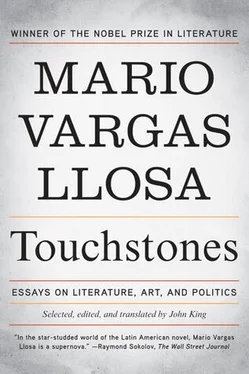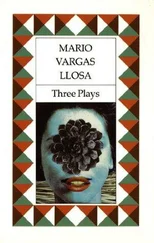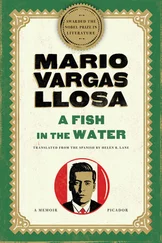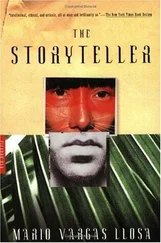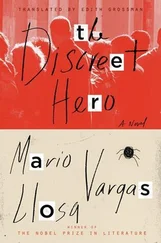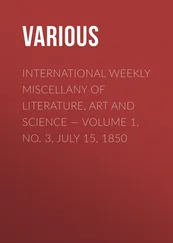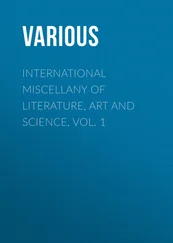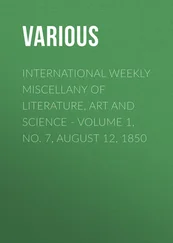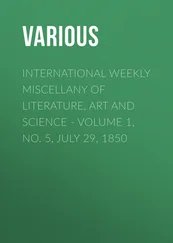The whole of the nineteenth century is full of utopias and utopian thinkers. Alongside groups committed to violent action, like those formed by the disciples of François-Noël Babeuf (1746–97), we find remarkable thinkers like Saint-Simon (1760–1825) and Charles Fourier (1772–1837), daring businessmen like the Scot Robert Owen, men of action and adventurers, among whom the Russian anarchist Mikhail Bakunin (1814–76) stands out, flamboyant dreamers like Etienne Cabet (1788–1856) or delirious examples of the genre like Jules-Simon Ganneau (1806–51), the messianic founder of Evadisme . The most important of all the nineteenth-century utopian thinkers, in historical terms, was, without doubt, Karl Marx, whose ‘scientific’ utopia would incorporate much of this earlier thought and end up overriding it.
Flora Tristán (1803–44) belongs to this lineage of great nonconformists, radical opponents of the society that they were born into, believing fanatically that it was possible to reform society root and branch, eradicate injustice and suffering and establish human happiness. She was a bold and romantic campaigner for justice who, first in her difficult life, plagued by adversity, then in her writings and finally in the passionate militancy of the last two years of her life, offered an example of rebelliousness, daring, idealism, naïvety, truculence and adventurousness which fully justifies the praise she received from the father of Surrealism, André Breton: ‘ Il n’est peutêtre pas de destinée féminine qui, au firmament de l’esprit, laisse un sillage aussi long et aussi lumineux ’. (‘There is perhaps no feminine destiny that, in the firmament of the spirit, has left such a long and luminous trace.’) The word ‘feminine’ is key here. Not just because in the vast panoply of nineteenth-century social utopian thinkers, Flora Tristán is the only woman, but also, fundamentally, because her desire to reconstruct society in its entirety stemmed from her indignation at the discrimination and servitude that women of her time suffered and which she herself experienced more than most.
Two traumatic experiences and a trip to Peru were the decisive events in the life of Flora Tristán, who was born in Paris on 7 April 1803 and christened with the long, grandiose name of Flora Celestina Teresa Enriqueta Tristán Mocoso: her birth and her marriage. Her father, a Peruvian, Don Mariano Tristán y Mocoso, belonged to a very prosperous and powerful family and served in the armies of the King of Spain. Her mother, Anne-Pierre Laisnay, a Frenchwoman, had fled the Revolution and taken refuge in Bilbao. It was there that they met and apparently were joined — there is no proof of this — in a religious marriage conducted by a French priest, another exile, which had no legal status. For that reason, Flora was born as an illegitimate child, a shameful condition which, from the cradle, condemned her to life as a ‘pariah’, a term that she would later use insolently in the title of the most famous of her books, Peregrinaciones de una paria ( Peregrinations of a Pariah , 1837). When her father died in June 1807, when the child was not yet five, mother and daughter, since they lacked any legal status, were evicted from the elegant property they lived in, in Vaugirard, and all Don Mariano’s possessions reverted to the family in Peru. After a few years, as their situation declined, we find Flora and her mother living in a poor neighbourhood in Paris — around the Place Maubert — and the young girl beginning to work mixing colours in the print shop of the painter and printer André Chazal, who fell in love with her. Their wedding, on 3 February 1821, was, for Flora, a catastrophe that would affect her life even more dramatically than her illegitimacy.
This was because, from the outset, she felt that this marriage made her a mere appendix of her husband, a child-breeder — she had three children in four years — someone completely deprived of her own life and freedom. It was from this time that Flora became convinced that matrimony was an intolerable institution, a commercial transaction in which a woman was sold to a man, thus becoming to all intents and purposes his slave, for life, because divorce had been abolished with the Restoration. And, at the same time, she began instinctively to reject motherhood and to develop a deep distrust of sex, which she saw as part of women’s servitude, of their humiliating subjugation to men.
When she was twenty-two, Flora committed the boldest act of her life, which would definitively mark out her destiny as a pariah and a rebel: she left her home, taking her children with her, which not only brought her into great disrepute because of the prevailing moral sanctions of the time, but was also an illegal act for which she could have been imprisoned if André Chazal had reported her. From this time on, between 1825 and 1830, we enter an unclear period in her life about which we know very little, and the little that we do know comes from her and has probably been doctored to hide the depressing truth. What is clear is that in these years she was living on the run, in hiding, in very difficult circumstances — her mother did not approve of what she was doing and from that time their relationship appears to have ended — living with the constant fear that André Chazal, or the authorities, would catch up with her. Two of her three children would die in the following years; the only survivor was Aline Marie (the future mother of Paul Gauguin), who spent most of her childhood in the country, being looked after by different women while her mother hid and earned a living in whatever way she could. Later she would say that she was employed as a travelling companion (it is very likely that she was a mere servant) for an English family whom she accompanied throughout Europe, making her first trip to England. None of this is certain, and anything could have been possible in these years. What is absolutely certain is that they must have been very hard for Flora and must have shaped her strong character, her limitless courage, her bravery and her conviction that the world was badly made, unjust, brutal and discriminatory, and that the main victims of the prevailing injustice were women.
Flora’s trip to Peru — where she was to live for a year — was, according to her, quite accidental, something out of a romantic novel. At an inn in Paris she had run into Zacharie Chabrié, a ship’s captain who often travelled between France and Peru. In Arequipa he had met the wealthy and powerful Tristán family, whose head was Don Pío Tristán y Mocoso, the younger brother of Don Mariano, Flora’s father. It was Chabrié, she said, who convinced her to write to her uncle. She did so in a heartfelt, imploring letter, referring to the hardship and difficulties that she and her mother had endured since the death of her father, due to her parents’ irregular marriage, and asking for assistance and even for recognition. Months later Don Pío replied with an astute letter in which, alongside the expressions of affection for his recently appeared little niece, and protesting his love for his brother Mariano, he firmly states that he will not legally recognise a woman who, by her own admission, had been born in an illegal union. But he sent her some money of his own and some other money from her grandmother, who was still alive.
After three years of matrimonial disputes with Chazal and repeated attempts to escape, in April 1833 Flora finally embarked, in Bordeaux, on the boat that would take her to Peru. Her captain was none other than Zacharie Chabrié. The six-month crossing, in the company of sixteen men — she was the only woman — had a Homeric element to it. Flora stayed in Arequipa for eight months and in Lima for two months before returning to France in the middle of 1834. This is the transitional moment in her life, which separates the rebellious, confused young woman who fled her husband and dreamed of a stroke of fortune — to be recognised as the daughter of Don Mariano by her Peruvian family and thus suddenly acquire legitimacy and fortune — from the social militant, the writer and the revolutionary who would resolutely direct her life to fighting, with her pen and her words, for social justice, for the emancipation of women.
Читать дальше
